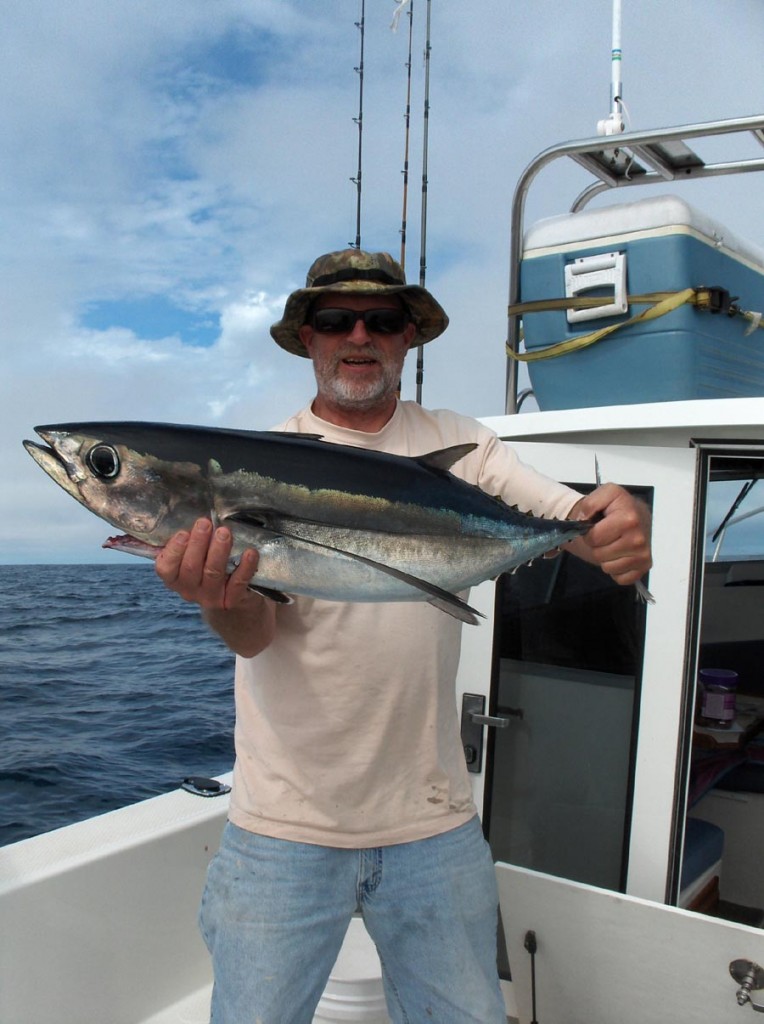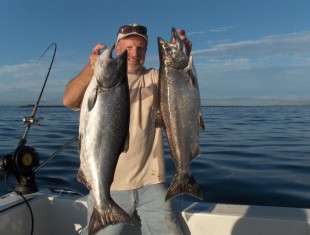EARL SANDE
By Earl Sande
The importance of forage fish has gotten some press lately. State legislators even voted to give the Washington Department of Fish and Wildlife some money to study them in Puget Sound for a couple years. Mainly they are looking for abundance and spawning areas, along with just how much good habitat is left that can support these small fish that almost every form of marine life depends on for their survival.
The study includes herring, smelt and sand lance/candlefish. Anchovies aren’t always found in Puget Sound, neither are Pacific sardines, although sardines ventured into Puget Sound in immense schools prior to 1950.
Sardine stocks collapsed on the entire west coast about 1950 and really didn’t recover until 40 years later. Now stocks have collapsed again and hopefully it won’t take another 40 years for them to recover this time around.
In 1935 the West Coast harvest of pilchards (Pacific Sardines) was about 1.5 billion pounds, not counting British Columbia. This was the greatest weight taken of a single species among all commercial fishes in North America at the time. The ocean sardine fishery closed last year and may not reopen for a long time.
Anchovies still do occasionally enter Puget Sound in spring and summer. Right now there is a huge school in Case Inlet. The last time they showed up there was about six years ago.
My old friend Larry Foster was a commercial herring fisherman back in the 1960s, 70s and 80s. One night in the late 1970s he was looking for herring in Hood Canal near Tahuya and made a set on what he thought was herring. He was very disappointed when the net came up with 30,000 pounds of anchovies.
Anchovy heads are smaller than herring so many of them got gill netted in the small webbing and got stuck. What a stinking mess that was! It took a week for them to rot out of the net in the hot summer sun.
About 1984 a huge school of anchovies came into Hood Canal and spawned not far from Belfair. By the middle of August there were hundreds of millions of anchovies less than an inch long swimming between Belfair and Tahuya. By Labor Day they had left the area and I don’t know if this kind of mass spawning has happened since in Hood Canal.
Northern Anchovies range from Baja California to the Queen Charlotte Islands. Historically most live off the California coast.
Last summer we started fishing for Chinook salmon at Westport on May 30th without seeing hardly any bait. Three weeks later about 50 humpback whales pushed huge schools of anchovies in from way out in the ocean into 100 to 200 feet of water right in front of Westport.
The whales kept them trapped there for 10 days, feeding on them. They probably would have ate them all but a big storm blew in and the anchovies made their escape. By the time the weather calmed back down the anchovies were gone and so were the whales. But it sure was fun fishing right next to all those humpback whales and anchovies. We were also catching salmon like crazy!
Northern Anchovies are not related to any other fish swimming in Washington waters. Most spawning happens within 60 miles of shore but has been recorded 300 miles out. Spawning usually occurs in water 30 feet below the surface when the water temperature is between 12 and 17 degrees C.
A female anchovy can lay over 20,000 eggs a year, with the males releasing sperm for a large spawning event which might happen again a week later.
The eggs float near the surface for three to four days and then hatch. The larvae use up their yolk sac in about 36 hours. At this point they are about one-eighth of an inch long. At three-eighth of an inch long they gulp air from the surface for their air bladder so they don’t spend so much energy trying to keep from sinking into the abyss. When just over a half inch long everything changes and they start looking and acting more like real anchovies.
By a year old they are about three and a half inches long and about half of the females are now sexually mature and all will be ready to spawn by the following year. Anchovies rarely live longer than four years at six inches long, but some have been recorded at seven years old and nine inches long.
Every predatory fish, bird and mammal eat anchovies in the ocean and now that herring stocks are a fraction of what they once were and sardine stocks have collapsed again there should be no commercial fishing for anchovies except for live and frozen bait for sport and charter fishing.
The big question is, do the state and federal fish managers have the balls to pull the trigger on that one.


